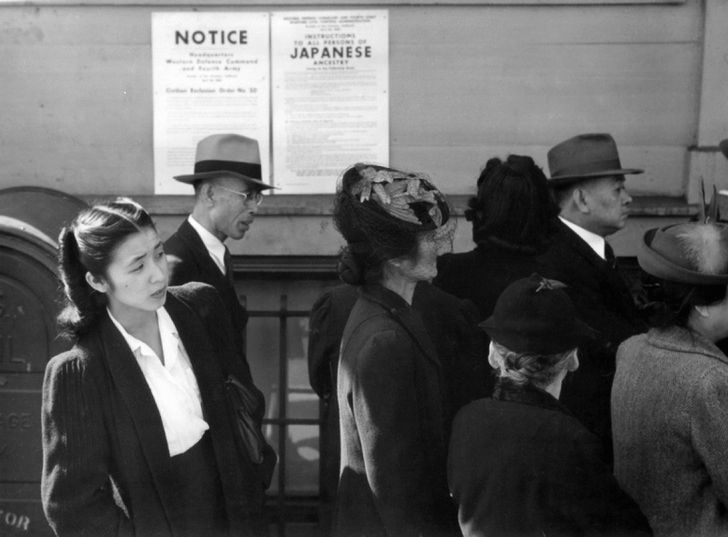Faulty or outdated wiring is one of the significant contributors to residential electrical fires. By routinely inspecting the state of the wiring, fuse board, etc., landlords may significantly lower the chance that a fire would damage or even destroy their property. This is when an electrical condition report (EICR) might be useful.
EICRs have long been a component of the safety checklists of Scottish and HMO landlords, but a recent legislative amendment has made them required for all landlords in England, regardless of the size of their properties.
An EICR is what?
An EICR test is a record produced after a thorough examination and test to determine whether the electrical installations (including outlets, wiring, and consumer units) meet the requirements of the national safety standard for electrical installations. Additionally, it detects any possible security vulnerabilities. If you like, think of it as an electrical MOT.
Professional electricians must do the inspections and issue the EICR. An EICR grants permission to continue utilizing the property's current electric system if successful. Therefore, it makes sense that they are frequently requested at the beginning of a new rental tenancy.
The report will detail any issues and explain why that electrical system failed the EICR. Along with grading the mistakes,
- "Danger is there," "Risk of harm is likely," and "IMMEDIATE action is essential" are all code 1 or C1 indicators. The electrician will resolve issues immediately or, at the very least, make them secure before making plans to address them.
- C2, "possibly dangerous," calls for immediate corrective work for which the electrician can provide an estimate.
- C3 indicates that your electrical system needs to be improved, but it is unnecessary because it is deemed safe. A report that has passed the EICR test can only have this code.
Make sure your electrician has the necessary credentials. They should possess NICEIC-certified contractor-level accreditation. The Electrical Safety Register allows you to verify this. Or approved by another electrical regulating organization at a comparable or higher level.
How much are they?
There is no easy, one-size-fits-all fee for an electrical safety assessment; it is highly dependent on the size of your house. A one-bedroom apartment may cost as little as £160, while a five-bedroom house would cost as much as £250. A property's price increases with its size. The fee reflects the effort that goes into creating this crucial safety certification since your engineer will have to carefully inspect the safety of all electrical outlets, wiring, and consumer devices.
What is evaluated?
Your electrician will typically make sure that:
- Your fuse board is secure and in compliance with current laws.
- To avoid a possibly lethal electric shock, everything is adequately earthed.
- Your switches, lights, outlets, and other accessories have appropriately installed wiring.
What if there is a problem?
You should take prompt action to ensure the safety of your renters and other inhabitants in the neighborhood if your engineer's report identifies any electrical problems with your property.
To bring the property up to code, work should be done swiftly by a licensed electrician. On completion, the engineer should submit written documentation outlining the work that was done and demonstrating that the necessary standards have now been met. As soon as you get this documentation in writing, it would be best to give it to your renters to show that the property is secure and complies with all legal requirements.
You have up to 28 days to start the work before local authorities have the authority to initiate corrective action if repairs and enhancements are not made promptly. Failure to comply with this might result in the council performing urgent repair work on the property on the landlord's behalf and billing the landlord for it.
Is an EICR a mandated document?
The need to do EICR test inspections at Electric Works London are well known to landlords in Scotland and HMO landlords throughout the UK. However. Following a change in the legislation this month, it is now mandated by the new Electrical Safety Standards in the Private Leased Sector (England) Regulations 2020 that all rented homes in England have a valid Electrical Condition report in place at the beginning of a new tenancy.
You must ensure your property has had a thorough examination by a complying engineer and the necessary paperwork is provided to all of your new tenants before they occupy the property, just as you would for a gas safety check. All renters must get further checks within 28 days of the project's completion. The check can be given to new renters after it is completed and valid for five years. At the beginning of each new tenancy, there is no requirement for a fresh inspection (within the five years validity window).
All new or existing tenancies must abide by the requirements by April 1st, 2022. Even if you already have tenants, you need to do an EICR test and give them the results within 28 days after the check's conclusion.
It's important to remember that you have a 28-day deadline to give a potential renter a copy of the EICR if they ask for one. Furthermore, you only have a seven-day window to deliver the appropriate paperwork to your local government if it wants a copy.
Who can get an Electrical Installation Condition Report?
Electrical installation and maintenance safety checks are performed with Electrical Safety Certificates.
These accreditations serve as proof that the system is secure enough to use. These services can be provided by electrical specialists, electrical engineers, and electricians.
Other individuals can handle other aspects of the certification procedure. Thus, only one person's employment isn't strictly necessary.
What are the consequences if you don't comply?
Landlords might face severe penalties if they don't follow the new rules.
After July 1st, failing to conduct an EICR test before the start of a tenancy might result in a substantial punishment from your local housing authority of up to £30,000.
How frequently does it have to be done?
There are no unbending rules. Private landlords are advised to obtain a fresh EICR performed with every change of tenancy or every five years, whichever comes first, by the advocacy group Electrical Safety First and the Institution of Electrical Engineers.




































